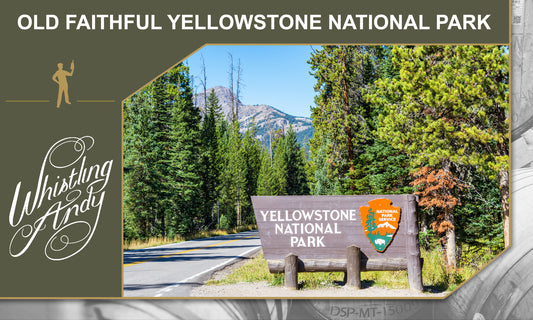Simon & Garfunkel were arguably one of the greatest duos of all time – until they split up. Paul Simon had a successful career as a respected and popular singer/songwriter, while Art Garfunkel focused on traditional opportunities for soundtracks, Broadway shows, and other technical compositions. Both were successful in their own ways, much more than they ever could have been together.
In the same way, the Bureau of Alcohol Tobacco Firearms and Explosives (ATF) was great at having taxes and regulations under one roof, but splitting them into two separate entities makes each division more successful on its own. Here’s the story of the ATF and how tax collection activities were transferred to the new Alcohol and Tobacco Tax and Trade Bureau in 2003.

What started regulation of alcohol, tobacco, and firearms?
Tax dollars were the sole reason for the first regulation of spirits, with the first tax on spirits being implemented in 1789 to help cover debts from the Revolutionary War. A tax on tobacco followed soon after in 1794.
By 1862, tax evasion on these items was so prevalent that the new Internal Revenue Service was created for the sole purpose of collecting such taxes. It was soon apparent that criminal activity was resulting from the illegal sales and trade of alcohol, and the first coordination between law enforcement and the tax service began.
The current split between tax collection and law enforcement is not the first
The 18th Amendment, authorizing Prohibition, was passed in 1919. When implementation of the amendment was passed with the Volstead Act later that year, the decision was made to leave enforcement of the Act to the bureau already formed to regulate it. And so, a Prohibition Unit was created under the IRS.

By 1930, organized crime was out of control and law enforcement needed to take a heavy hand. The Prohibition Unit became the Bureau of Prohibition, and was transferred from the Treasury Department to the Justice Department. At this time, tax collection activities were left to the Treasury while law enforcement activities went to an outside department.
This arrangement did not last, however. When Prohibition ended, the Bureau of Prohibition was once again changed, this time becoming the Alcohol Tax Unit and transferred back to the Treasury Department, once again being overseen by the IRS.

The National Firearms Act of 1934 — another means of tax collection
The National Firearms Act of 1934 created taxes and registration requirements for gun purchases. The ATU, under the supervision of the IRS, collected the taxes resulting from the Act. In 1941, Congress moved enforcement of the Act in its entirety to the ATU. At the time, having these entities under one roof seemed to make sense.
Subsequent gun control legislation put more and more responsibility on the ATU, even though it remained under the Treasury Department. The Gun Control Act of 1968 reorganized the ATU once more into the Alcohol and Tobacco Tax Division, and gave them enforcement of the drug act. Soon after, the Treasury Department changed the name again to the current Bureau of Alcohol Tobacco Firearms and Explosives — also known as the ATF.

Is the TTB part of the ATF?
Remember our Simon & Garfunkel analogy? Paul Simon, arguably the more well-known of the two musicians, remained in the spotlight. In the same way that Paul Simon stole the spotlight, the ATF tends to get all the publicity. And like Art Garfunkel, who was a true success operating in the background, the TTB quietly collects taxes for alcohol, tobacco, firearms, and explosives from the sidelines, really only known to those who must add to their coffers.

What does TTB stand for?
TTB is the abbreviated department name for the Alcohol and Tobacco Tax and Trade Bureau. It was created by the Homeland Security Act of 2003, which split the responsibilities between the two departments that made the most sense. The regulatory and enforcement activities of the ATF remained with them and was moved to the Justice Department, while the tax collection activities were relegated to the newly formed TTB, still organized under the Treasury Department.
What does the TTB do?
The TTB only collects and enforces taxes and trade of alcohol, tobacco, firearms, and explosives. They do not pursue any criminal activity. If the TTB finds evidence of criminal activity, that intel is given to the ATF and they will take it from there.





